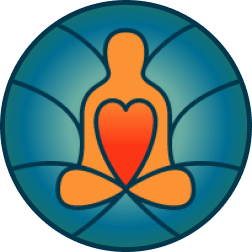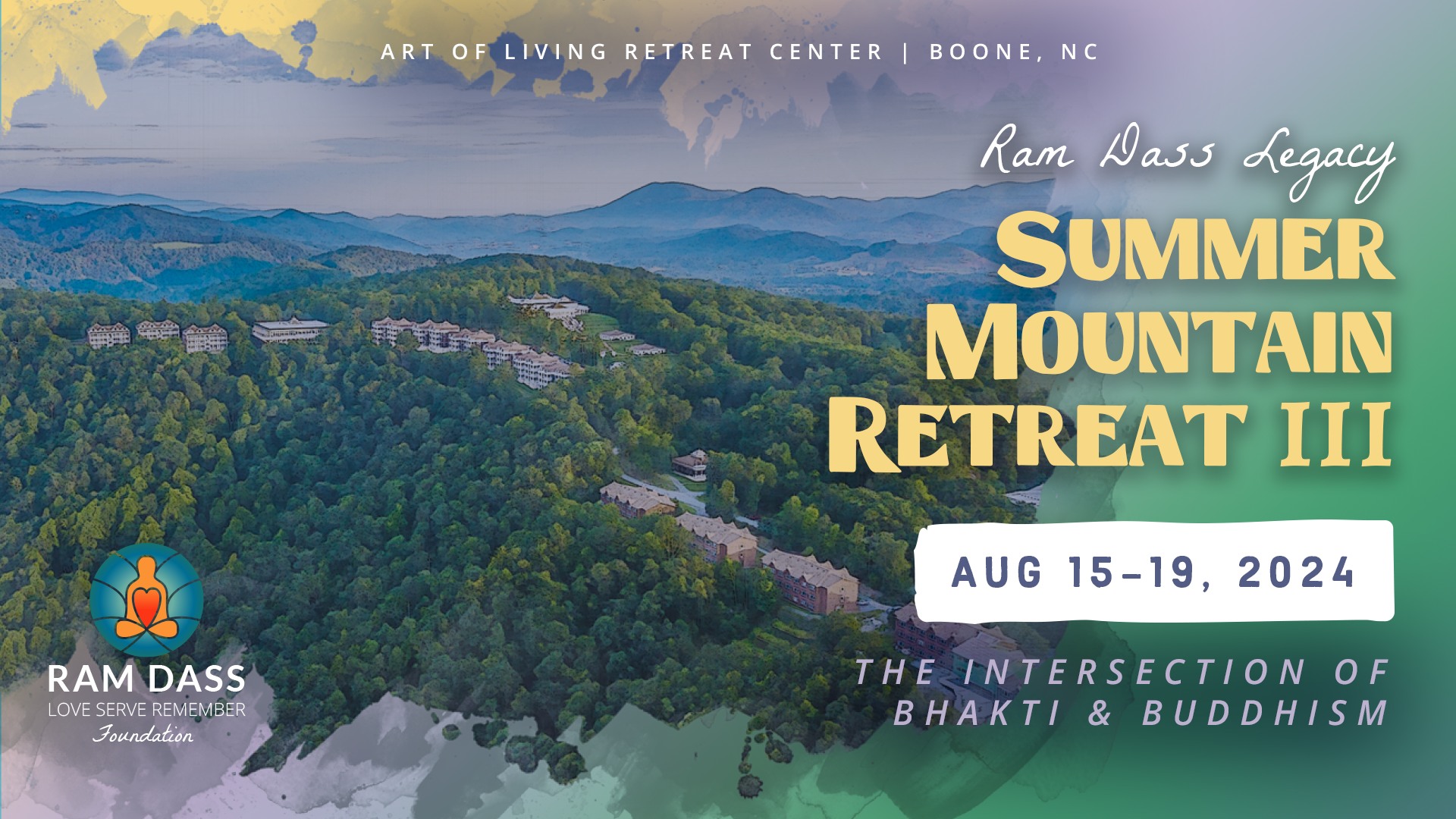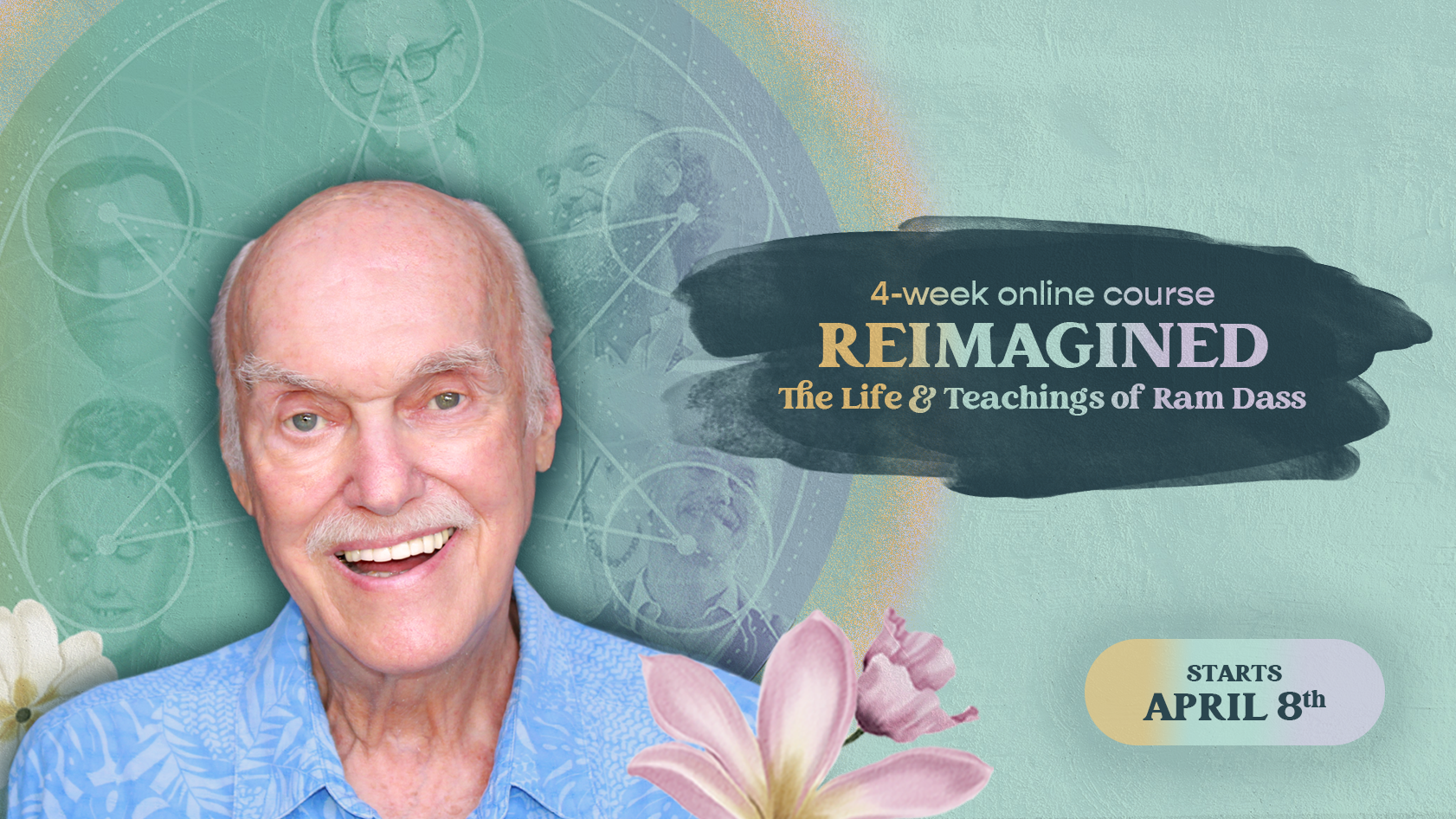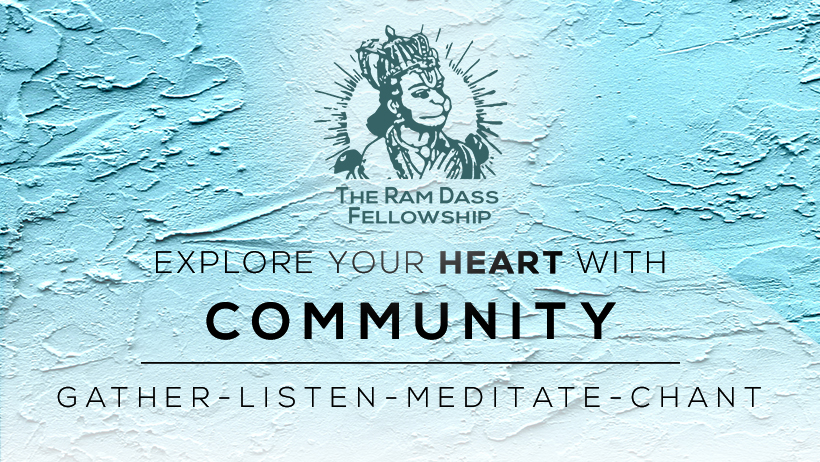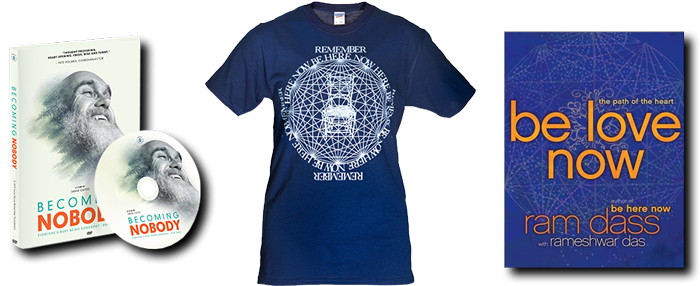Mindfulness as a Daily Habit…
All of us can remember those first moments of clear presence and mindfulness when we realized there is a path to inner freedom.
Once that switch goes off our perspective on the world changes. And it is only then that we can actually begin to look at our life from a different vantage point. We start to look at ways to get free inside instead of getting more stuck.
Self-awareness gives us a vantage point or a perspective on reality that goes beyond the senses and the mind. It opens the possibility that other planes of consciousness are just as real as this physical plane that we have become habituated to. How do we know that? Perhaps we had an ineffable experience through a piece of music, literature, or took a psychedelic, or were out in nature, or were inspired by somebody more free and not so caught in the material world.
A revelatory experience like that can lead us to want more of that precious feeling of being aware and awake. As we become more aware we are motivated to live more in the moment, which is how mindfulness practice can help. With this first flash of self-awareness we can reflect, “Okay, what is mindfulness? How is it going to help me get my life in balance?”
Self-awareness is exploring our own identity. Everyone needs to find their true identity, their real self, the basic reason why we’re here, our raison d’etre. It’s part of being human, the ever-present question mark behind our life, behind every breath. The core question of human existence is, who are we really?
We’re all distracted by phenomena, everything that’s going on all the time. Mindfulness is one of the practices for slowing down our lives, for finding a way inside, for concentrating self-awareness. It can help us to quiet down and find our way into who we are.
Finding our true self is a lifelong search. It’s not called practice for nothing. You actually have to tread on the path to get somewhere. Not that there’s anywhere to go, it’s just about becoming more here, being more present in this moment.
Once we begin to explore our own psyche and mind and heart, we begin to appreciate that everybody else is in the same situation. We’re not so different. Each of us is an individual awareness living with our particular karma or family situation or what we do, our cultural milieu. Awareness itself is something that we all share. It’s what makes us human and divine.
When you take away the content or the objects of awareness, thinking about the weather or what you’re going to do today, and just stay with the awareness, awareness is the same. That sense of interconnectedness happens as a corollary to mindfulness practice or any kind of meditation practice because awareness is a universal experience.
Interconnected consciousness is real. How we come to that experience happens through many different avenues for different people. When we realize our consciousness exists beyond our mind and senses, then we can go about finding our true nature as the Zen Buddhists would put it. Different traditions call the reality of consciousness so many different things, from soul to pure mind, Buddha mind, but once we accept that reality, it makes sense to embark on a practice that includes developing awareness. That is the first step, having a new perspective outside the constant I, me, mine of the ego. Once there is a movement beyond that very self-centered point in time and space, then there is opportunity for real change.
Starting from Zero
The first step in practicing is to focus the mind. Then we can begin to deal with the so-called monkey mind that constantly overwhelms us with distractions, fear and separation.
Becoming mindful may seem like a difficult prospect. People say, “You know I tried meditation but my mind is way too hyper-active. I can’t settle down. It’s really not for me.” We all have that same tape running at some time or another. We all have monkey minds built in. Quieting the mind may seem like it’s taking forever. But eventually it works. It requires patience and love for ourselves. To dive deeper into the moment, to get more spaciousness within ourselves, to be more aware of who we truly are, is to connect with a deeper part of ourself. One teacher described meditation as “subtle changes over long periods of time”.
We were introduced to Vipassana (Insight) meditation in our early days in India. That gave us a taste of that one-pointed focus and showed us how to begin to deal with the constant change in our daily lives. We were no longer so invested in constantly replaying our personal tapes. They get boring after a while. Oh, that one ….
Vipassana is a very intentional program to calm our minds down.
For people to do that in their ordinary lives requires practice but first of all it requires motivation. For most of us the motivation is the distress, the stress and the discomfort that we experience by being dragged around by our minds and emotions and sensations all the time. It’s tiring. In some sense meditation or any practice like that or going on a retreat is giving yourself a spiritual vacation. Literally, it’s vacating.
Pausing our life, going on retreat or taking a meditation vacation is a way of “vacating” our habitual patterns and “monkey minds” for a period of time. In a sense this is what we are talking about when we use mindfulness to put our mind movie on pause to just be in the moment. Mindfulness provides a path to slowing down our systems enough to be with our senses, be with the phenomena that appear to us, to be with ourselves with awareness. It opens a channel of communication with our deeper selves and allows for the transformation of our neural pathways. It’s a time to relax and make friends with suffering and realize that we are not separate, we’re all in the same boat..
The mind is a wonderful servant but a terrible master.
The initial practice our meditation teacher Goenka gave us was to concentrate on the breath until we got to what they call access concentration. At that point it’s possible to sustain concentration to do the meditation practice. Essentially you have to you calm your mind enough to begin to go deeper into the meditation practice. Of a ten-day meditation course the first three days would be that simple breath meditation, which in Vipassana is called Ana-pana, in-breath, out–breath.
Just by itself that process of slowing yourself down is helpful. And the initial part of a meditation session is always just breathing and quieting. That quieting down process takes it to the point where something else can happen. How long that takes has to do with our relationship with our thoughts. Our monkey mind often catches us by surprise. We think we’re concentrating on our breath and suddenly we’re thinking about whether we took out the garbage yesterday. The meditation time is almost over because you’ve gone off on some long thought train that took you away. Neem Karoli Baba once said, “The mind can travel a million miles in the blink of an eye. Buddha said that.”
The many approaches to practicing mindfulness all come down to paying attention, paying attention to whatever action, thought, sensation or the particular emotion passing through awareness. It’s a certain kind of attention, like that of a neutral observer, not judging or holding onto the thought or feeling, just noticing it and letting it go. Loving it helps too.
Moving your attention to the core of the motivation for the action you just took or attention to the simple act of putting food in your mouth or the attention to the act of making love – paying attention in the moment is the core of being mindful.
That possibility of absorption in the moment can happen with the practice of one pointed meditation. The different branches of Buddhism have a whole array of different techniques and ways of looking at meditation, from Tibetan Shamatha to Zen meditation to Southern Buddhist Vipassana in various versions from Thailand, Burma or India. Vipassana was the main technique we used and we found it very effective. Teachers in the West are translating all of these methods into contemporary culture. This is useful and makes it more accessible most of the time, but can also be confusing for a beginner trying to figure out which approach is best.
Mindfulness is one particular form of meditation. Mantra, kirtan, puja, self-inquiry, all work too. Mindfulness is what we trained in during our early days in India using the natural breath to focus and become one pointed.
“I am the breath within the breath” (Kabir)
The breath is a useful point of reference for anyone starting out with meditation. For starters, with few exceptions, if you’re not breathing you’re probably not alive. Breath is a good basic signal that you’re here.
Breath connects our conscious thinking process, all of our discursive mind stuff and our awareness with the autonomic part of our nervous system. You don’t stop breathing if you don’t think about it. As the bridge between the mind and body the breath is very useful as a point of focus because it brings all of our life systems into one place. It has that ability both to bring you to a more peaceful place in your body and to calm your mind.
Hatha yoga is another of the many different ways to work with the mind and easy to find. As you become one with the specific posture or asana, your mind becomes completely absorbed in that unity of mind and body. You stop having discursive thought and tune to the deeper rhythm of your being. What comes with that is balance and the ability to be more present in your life. It has the same result as breath meditation.
Tai Chi or Chi Gong can take you to the same awareness. It’s the coming together as one in whatever the posture or the physical movement would be. For some people it’s easier to spend an hour doing something like yoga or Tai Chi because body expression is more natural. Connecting this way through body movement is similar to becoming one-pointed through breath meditation.
All these techniques are part of larger bodies of wisdom that lead us to deeper states of insight and understanding.
The yoga that Ram Dass learned in India was called Raja or Ashtanga yoga which means eight limbs. The first four are revolve around making yourself more peaceful and preparing your body and mind for meditation. The last four are about getting into deeper states through meditation and changing your inner perspective.
The Importance of Yoga
One of the first statements in Patanjali’s yoga sutra, the foundation text of yoga, is, in Sanskrit, “Yoga citta vritti nirodha.” Yoga is unification or Oneness, citta is consciousness, the vrittis are the thought waves or fluctuations of the mind and nirodha is cessation. So, when the thoughts cease, your consciousness comes together and yoga or Oneness arises.
All of that activity; the yogic postures or asanas, pranayama or the breath energy, the yamas, and niyamas of what to do or not to, all are designed to bring you closer to that place of calming your mind. The image is of calming the waves (vrittis) on the surface of the lake (citta) so you can see down into the clear depths.
Calming the mind, cessation of thoughts; these also form the basis for a day-to-day meditation habit. Ram Dass first talked about getting mindful through witnessing. We bring awareness to everything we do moment-to-moment from a non-judgmental vantage point. We have to be careful that mindfulness doesn’t become self-involved, just another ego trip with a super-ego judge who presides over all of our actions and thoughts.
A key to living mindfully is developing that witness place from which to see our actions, our motivations, without judgment.
The mental stance of mindfulness is that of an impartial observer. Ram Dass’s view of the witness and polishing the mirror is a shift in point of view from the ego to the intuitive part of your being, from the head to the spiritual heart, from the thinking mind to the soul.
Witnessing is subtle in the sense that we are seeing ourselves from another vantage point. Once we can calm our mind enough to experience our heart, the core of our being, then we can begin to see all the activity of our mind and the way our emotions and our senses carry us around, but from behind the screen. It really is another plane of consciousness. It is that pure awareness, the soul consciousness that allows us to see our “stuff” and let it go and not get so completely caught up in the melodrama of life.
Too much to do
A challenge of our particular time is the vast wave of multi-tasking that seems to be required of us all today. For instance we talk about mindful eating: First of all we honor the food. It was grown in love, it is cooked with love, it is eaten with love, it becomes love. Then we’re putting our fork into our food, we’re slowly lifting it into our mouth and we chew it thirty times fully with awareness and we are not doing anything but that. If we look around today at our fellow diners in a restaurant they’re on their phone distracted not only from the food but from each other. How to address this multi-tasking epidemic? Eventually we get so unhappy and intensely stressed that we do something about it. We turn inward to find peace.
The first aspect of reality they talk about in Buddhist practice is dukkha, which is suffering. All that multi- tasking that carries us away from our own feeling of self into all of the media barrage is suffering. Ultimately it is more than a distraction, it is a kind of existential discomfort or pain because we can’t feel ourselves when we’re in the midst of so much stuff. Occasionally, we have to slow it down and stop it so that we can come back to ourself, explore our own identity, make a little time for our Self.
There is a kind of Grace in seeing how the mind works and the ways that it takes us away from being in the moment. Grace is just being here, being ourselves and seeing how our minds pull us away. When we come into the moment, it is quiet, it is loving and insightful. We can begin to perceive what’s actually happening. It’s back home in the heart. We need that. Otherwise that chaos is suffering.
It’s a kind of suffering that unfortunately may lead us to affect people around us in ways that we may not want to. We’re judging people because we have no center. When we lose that spaciousness, at work or getting angry about something, then we actually send vibrations to somebody else that is just increasing our own separateness. That is our opportunity – to come back to mindfulness just as we do in meditation, back to the breath, to the primary focal point so we can come back into being in the moment. When we can witness ourselves in the moment, anger can dissipate before it affects us and those around us, and we can cultivate compassion for our predicament.
Practicing, practicing
It can happen in a moment. Just coming back to our breath in a moment and waking up. Use whatever works for you, whether it’s mantra or breathing or music or just walking in nature. Walking meditation involves both body and mind and is available in any moment. Just focus on lifting your foot slowly and pushing it forward and placing it on the ground. You can say that in your mind, “Lifting, pushing, placing.” Just naming it and doing it focuses your awareness.
In that practice walking is the point of leverage, the fulcrum of awareness. In any practice the main thing is finding a point of leverage on your experience so that you can detach from it a little bit, so you can get that other perspective. Maybe that’s a more useful way of expressing practice, shifting perspective. There is some element of muscle memory and mental habit in doing practice and it will carry you. After a while if you do the practice it begins to do you.
That is the beauty of making mindfulness a daily habit – you start living in a flow of awareness and attention. It’s that relaxed focus on your actions, your motivations, your reactions and your judgments. Just let them be.
To be mindful is to just relax into a moment where you’re not judging yourself or hating yourself. That is a primary function of mindfulness. Some people start mindfulness practice as a way of enhancing their life, for stress reduction or concentration, or so you can do better in your work.
The interesting part is that once you begin it, the practice itself takes you inside. Krishna Das says, “You get on the train, and you may be running as fast as you can in the opposite direction the train is going, but that train is still going to the next station and it’s taking you with it.” Once you have really embarked on any kind of spiritual path or spiritual practice it carries you to a new perspective. The more you can allow that to happen, even if you started out just wanting to relax or make some part of your life better, the more it will have those benefits.
Mindfulness is literally a self-fulfilling prophecy. You may start with other expectations but mindfulness has its own results built in. After all, it’s a twenty-five hundred year-old system. Like anything else, if you come to it sincerely and work at it, with what is called right view and right effort, it will take you home, home to your heart.
Humans are naturally inquisitive. Ultimately we shine that light of inquiry on ourselves. Who are we really, deep down? What is our connection with each other? Answering those questions is the basic motivation for practicing mindfulness. Those intentions create a vibrational field from which we can cultivate an awareness that transforms our lives. Then we can trade in our old experience of fear and isolation for one of peace, wisdom and love.
Written by Rameshwar Das Lytton and Raghu Markus
Adapted from Mindrolling Podcast Episode #156 on the Be Here Now Network

